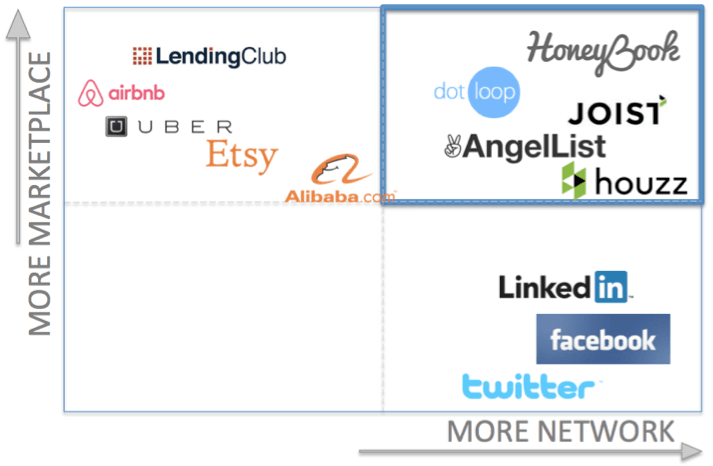"Many business leaders subscribe to the classic definition of strategy as a set of actions designed to achieve an overall aim. In other words, they believe strategy starts with a goal. But for companies that have implemented winning strategies, that’s not how it typically happens.Primeiro a ideia, depois as acções alinhadas, depois as metas
...
That is how most winning strategies happen: first comes the big idea; then a strategy to bring that idea to market; finally, a big, hairy, audacious goal to crystalize an ambition, motivate the troops, and excite investors. Unfortunately, strategic planning in most companies gets this sequence exactly reversed — and when that happens, bad strategies result.
.
There are two problems with putting goals before strategy. First, goals tell you very little about the fundamental choices you should make around creating customer and company value. Such choices are the very essence of your strategy.
...
The second problem is the opposite of the first. If some goals tell you little or nothing about what strategies to pursue, other goals effectively tell you too much."
Trechos retirados de "The Trouble with Putting Goals Ahead of Strategy"

















